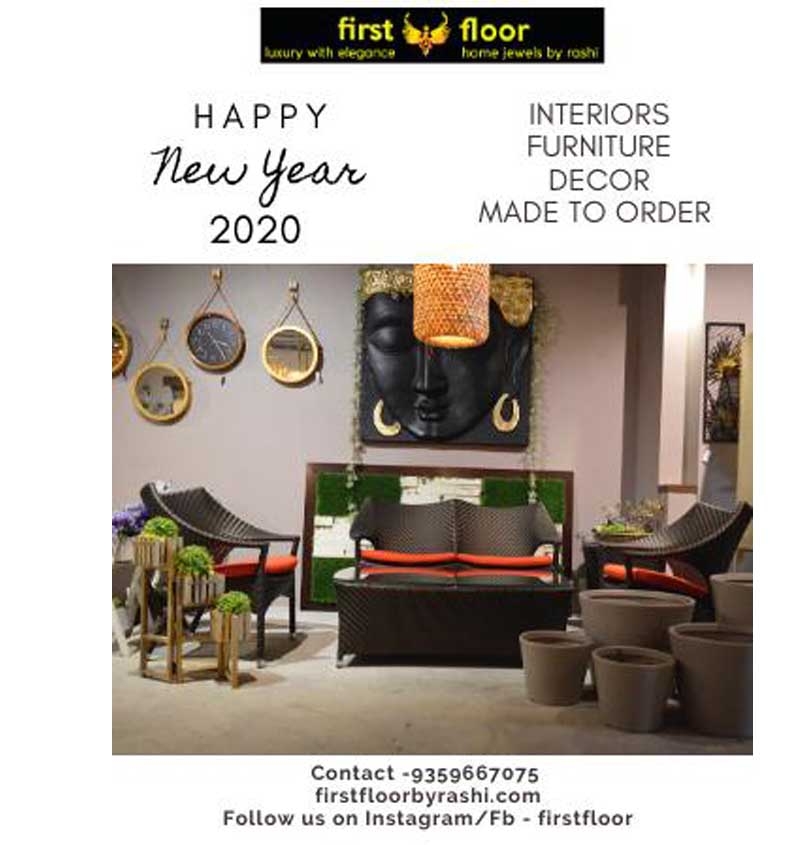Functionality: The Foundation of Home Décor
First and foremost, furniture is functional. It is essential for everyday life, providing the necessary pieces to live, work, and relax. Each room in a home serves a different purpose, and the furniture in that space must be tailored to support those functions. For instance, a living room typically requires seating, like sofas or armchairs, where family and guests can gather. A dining room will need a table and chairs to serve as the central hub for shared meals. A bedroom, on the other hand, needs a bed, storage solutions, and side tables to create a restful and organized environment.
Beyond comfort and convenience, furniture allows for the creation of specific zones within a room. With strategic placement, furniture can define living areas, promote social interaction, or offer solitude for relaxation. For example, an open-plan living space can use different pieces of furniture, such as a sectional sofa, coffee tables, and bookshelves, to separate the living room from the dining area, enhancing both the flow and the functionality of the space.
Aesthetic Appeal: Defining Style and Personality
While furniture is essential for functionality, it is equally important in defining the aesthetic appeal of a room. The pieces you choose will dictate the overall mood and style of the space. Whether you prefer modern minimalism, traditional elegance, bohemian vibrancy, or rustic charm, furniture is a major tool for expressing your personality and tastes.
-
Style and Design: Furniture reflects different design movements, with each style offering its own visual identity. For example, a Scandinavian-inspired home may feature sleek, light wood furniture with clean lines and simple shapes, creating a minimalist and airy feel. Meanwhile, a mid-century modern style emphasizes bold shapes, functional design, and rich materials like walnut and leather. The furniture in a space anchors the aesthetic and communicates the mood you want to evoke.
-
Color and Texture: The color, texture, and materials of furniture pieces can dramatically alter a room’s atmosphere. Rich, dark wood can lend sophistication and warmth to a space, while glass and metal may offer a more contemporary, cool feel. Upholstered furniture, such as sofas and armchairs, adds texture and comfort, with fabrics like velvet, linen, or leather contributing to the tactile experience of a room. Additionally, incorporating vibrant accent pieces such as throw pillows, rugs, and curtains can introduce color and depth, allowing for creative expression through furniture.
-
Thematic Consistency: Consistency in the theme or style of furniture throughout a home creates harmony and a cohesive look. A space where all furniture pieces complement one another in design, color, or materials has a sense of unity and flow. This doesn't necessarily mean everything must match, but the key is ensuring that each piece supports the overall theme, whether it’s through complementary colors, patterns, or materials.
Creating Balance and Harmony
The strategic placement of furniture is crucial to the success of a well-designed space. It ensures that the room doesn’t feel cluttered or empty, but instead strikes the right balance between open space and functional areas. An oversized sectional sofa in a small living room may overwhelm the space, while a tiny coffee table in a large room may feel insignificant.
-
Scale and Proportion: Choosing furniture that fits the scale of the room is critical. Oversized furniture can overwhelm a smaller room, while small-scale pieces might get lost in a large, open space. The balance of size is just as important as the balance of styles, colors, and textures.
-
Flow and Movement: Thoughtful furniture arrangement helps to facilitate easy movement and promotes a sense of flow. In living rooms, for example, furniture should be arranged to encourage conversation or social interaction, while maintaining clear pathways for movement. A clutter-free space allows you to move comfortably and enhances the overall comfort and experience.
-
Focal Points: Furniture can also be used to create focal points in a room. A statement piece, such as a bold armchair, a large dining table, or an eye-catching coffee table, can draw attention and anchor the room's design. Such focal points provide visual interest and serve as conversation starters, making the space feel more dynamic.
Versatility and Adaptability
One of the key aspects of furniture is its versatility and adaptability. Unlike permanent fixtures, furniture can be easily swapped out or rearranged to meet changing needs or styles. As life circumstances change—whether you’re redecorating, moving into a new space, or transitioning to a new phase of life—furniture allows you to make quick, impactful changes to your home without needing to overhaul the entire space.
For example, multifunctional furniture, like storage ottomans or sleeper sofas, can adapt to different living situations. As homes become smaller or more compact, furniture pieces that offer multiple functions are becoming increasingly popular. A dining table that doubles as a workspace or a sofa that converts into a guest bed allows homeowners to make the most of their space without compromising on style or comfort.
Sustainability and Eco-Friendly Choices
As sustainability becomes more important to consumers, furniture brands are responding by offering eco-friendly and sustainable options. Furniture made from renewable resources, such as bamboo or reclaimed wood, helps reduce the environmental impact. Additionally, more brands are focusing on durability, ensuring that furniture lasts longer and can be passed down or repurposed, minimizing the need for constant replacement. Upholstered furniture made with organic fabrics and water-based finishes also aligns with the growing demand for sustainable materials in home décor.
Conclusion: The Essential Role of Furniture in Home Décor
Furniture is far more than just functional items to sit on or store belongings in; it is the heart of a home’s design. From creating comfortable and efficient living spaces to expressing personal style and aesthetic, furniture influences every aspect of home décor. Whether through innovative designs, sustainable choices, or clever arrangements, furniture has the power to transform a room, making it a reflection of the people who live there. It enhances both the visual appeal and the everyday experience of the home, creating spaces where functionality, comfort, and beauty coexist in perfect harmony.



















Your Message